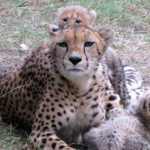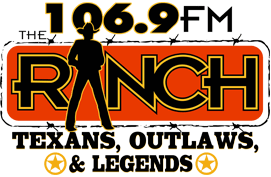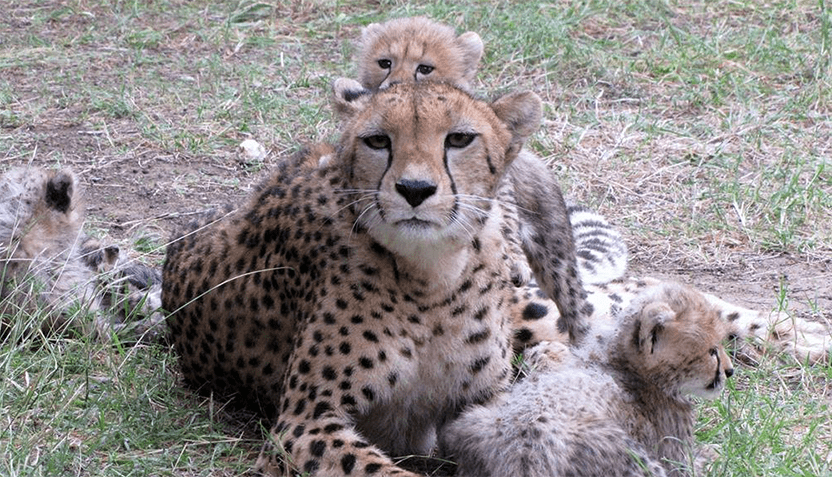
Fossil Rim Wildlife Center is an endangered species breeding facility in Glen Rose, Texas. Originally Fossil Rim Wildlife Ranch in 1973, the land, the operations, and animals were donated to Fossil Rim Wildlife center as a non-profit organization in 2008. It is dedicated to the conservation of species in peril, conducting scientific research, training of professionals, responsible management of natural resources, and public education. Their main focus is captive breeding for threatened and endangered species, explained Fossil Rim’s Chief Marketing Officer Warren Lewis.
“Through these activities,” Lewis said. “We provide a diversity of compelling learning experiences that inspire positive change in the way people think, feel, and act with Nature.”
Fossil Rims has about 20 threatened or endangered species. They work with several accredited organizations like the Association of Zoos and Aquariums, Zoological Association of America, Smithsonian Conservation Biology Institute, International Rhino Foundation, U. S. Fish and Wildlife, USDA, and Texas Parks and Wildlife, Lewis said.
“Fossil Rim research improves the captive management of endangered species and furthers the conservation of species in their natural habitats,” Source, the Fossil Rim website.
The majority of animals are from Africa, with a few exceptions like the American Red Wolf from The Alligator River National Wildlife Refuge on North Carolina’s Outer Banks. There are 14 known in the wild there. This year, they took a male Mexican Wolf and brought a female from another facility and flew them into Mexico to a quarantine facility for reintroductions. If they have pups, they will release them into the wild, Lewis explained.
“We have wide open spaces that allow our animals to be in herds, groups, or flocks which allow them to retain their social behavior,” Lewis said. “Because of this, we have animals that can be reintroduced back into the wild.”
They release about 300 Attwater’s prairie chicken every year in Eagle Lake, Texas at the Attwater Prairie Chicken National Wildlife Refuge. They would be extinct today if Fossil Rim didn’t have a breeding program for it. U.S. Fish and Wildlife comes to Fossil Rim with an air conditioned trailer about three times a year to pick up birds for release from early July through late August. They always keep about 24 breeding pairs for the following year, Lewis explained.
They hold 10%, four, of the world’s population of black rhino in captive breeding. In the world, in captive breeding, there are about 40/41. Fossil Rim participates in the International Rhino Foundation’s Southern Black Rhino Sustainability Program, which is a coordinated international effort to save this species, and participates in research to help increase the rhino population, according to the website.
According to the website, Fossil Rim released 15 addaxes into the wild wearing satellite tracking collars in January of 2020. By the end of the year, 50 had been released. Their specialized build helps them withstand extremely hot and dry conditions. They can survive without water for long periods of time, and with temperatures rising throughout the years, they can potentially replace animals like cows should they not survive the heat, Lewis said.
Referring to their website, the giraffe population has been declining since the 1980’s. There are at least four distinct giraffe species and five subspecies. Learning about the differences between giraffes and their subspecies can help understand how to help their populations. They currently have four baby giraffes.
According to the website, Fossil Rim has provided a stimulating living environment, multiple mate choices, a varied diet, large enclosures, and the least amount of stress possible for the cheetahs. In the past, breeding cheetahs had been difficult, but Fossil Rim has found a unique and successful way to breed by paying attention to their social behaviors.
“Fossil Rim’s breeding program for the cheetahs is the most successful breeding facility in North America,” Lewis said.
To protect the animals from outside predators like hawks, there are cameras, security, and people on the property 24/7. The staff walks the fence line monthly or after a heavy storm. They have several different types of safety drills every two months and shelters with heat and water for animals to protect them from the weather. Even the Animal Health and Animal Care staff have strict protocol when working with animals, Lewis explained.
“Safety is important for the staff and the animal,” Lewis said.
The wildlife center is a place for people to reconnect with nature. As a non-profit, they generate funds through tourism. Donations go to their capital needs budget, which fund things like expanding the cheetah facility and other similar projects, Lewis said.
“Visitors and outsiders can contribute to the success of all our efforts by sharing our social media posts and donating to fossilrim.org/donate,” Lewis said.
Fossil Rim has internships and camps to educate people about animals. Many interns have gone on to do helpful projects like the scimitar-horned oryx research project, which collared the animals and released them into the wild. The camps have kids go through Fossil Rim’s Environmental Engagement department. We want people to engage in the environment, Lewis said.
“Our impact is fairly significant,” Lewis said.
Sources:
Warren Lewis, Chief Marketing Officer
Fossil Rim Website, https://fossilrim.org/





